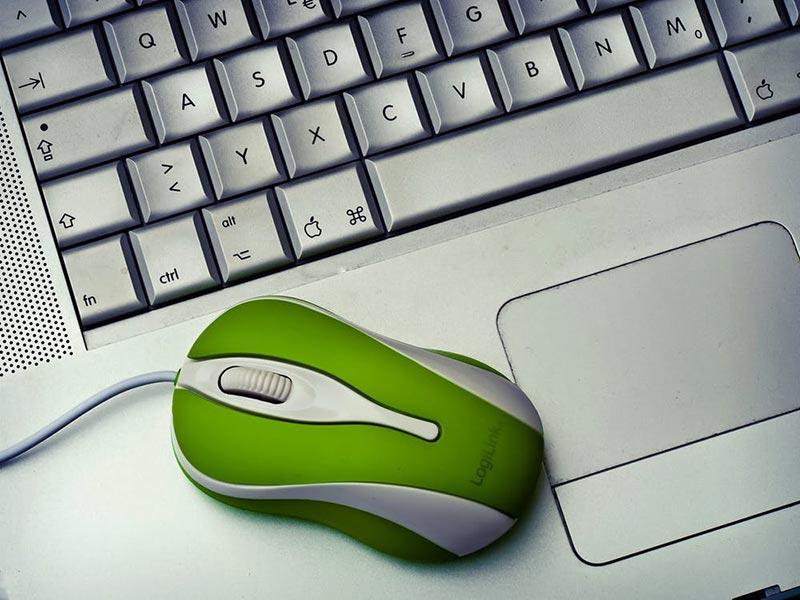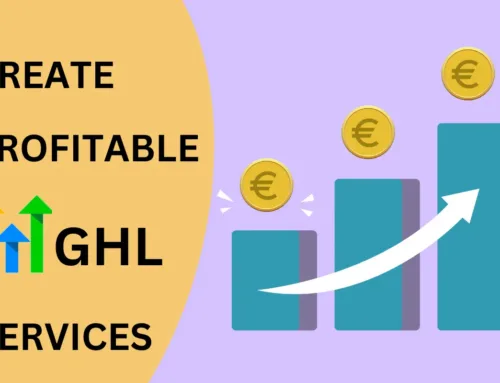Building a website is hard work. It’s a creative endeavor, and whether it’s a blog, a photography site, or a business site, no one likes to see someone else taking the results of their hard work to use without permission and, more to the point, without paying. The easiest way for ordinary users to filch content like text and images is via the right-click menu, also known as the contextual menu. If they want to copy a photo, all they have to do is right-click and select the download option.
A recent article on WPMUDEV detailed several options for disabling right-clicking and copying, and if you decide that’s what you want to do, you’ll find everything you need to know there.
The Short Answer to this Week’s WordPress Questions Answered is NO
I understand why it is tempting to stop users from taking work, but I also think that in most cases, there are better options.
Before I talk about disabling right-clicking, I want to make it clear that I don’t support the idea that any content on the web is up for grabs. I make my living writing content and it makes my blood boil when someone comes along, scrapes my content, and republishes it without so much as an attribution link. That’s money out of my pocket. So, I’m not interested in supporting the argument that copyright violations are okay — they aren’t.
But disabling the contextual menu and the ability to copy is a clumsy and ineffective way to fight copyright violators.
In the first place, there are many legitimate reasons why someone might want to copy your content. I copy and paste web content all the time — it usually ends up in Evernote or some other note taking application where I record research. I also frequently quote other articles and I always attribute. It’s deeply annoying to me and other active web users if you break the basic functionality of our web browsers. The people who write and share online are exactly the people you don’t want to annoy — they’re the ones who will expose your content and drive traffic to it.
Furthermore, it doesn’t really work. Once your content is in someone’s browser, they can get at it if they want to. DIsabling the right-click menu makes it more difficult, but any user with a modicum of experience knows that they simply need to view the source of your page and copy the content directly or find the image URL they need. Disabling the context menu simply damages the experience of the people who use your site.
And finally, it does nothing at all to stop the real criminals — the content scrapers and republishers who use bots to scrape sites and pages wholesale for SEO and advertising gain.
If you’re a writer or publisher, you really have to accept that your content is going to be scraped or copied at some point. A lot of that will be legitimate behaviour, and some of it won’t be. If you feel your content is being illegitimately copied: find out which hosting company is hosting the site that has copied your content, and submit a Digital Millenium Takedown request. This is really only worth the effort if the violation is actually impacting your income.
Photographers have other options, including embedding watermarks in the photographs they publish, or only publishing low-quality “web” versions of photos.
To sum up, disabling right-clicking and copying isn’t the best approach to copyright protection because it creates a bad experience for legitimate users and does nothing at all to stop the copiers who are genuinely a problem. What do you think?
Stay tuned to future WordPress Questions Answered blog posts.





